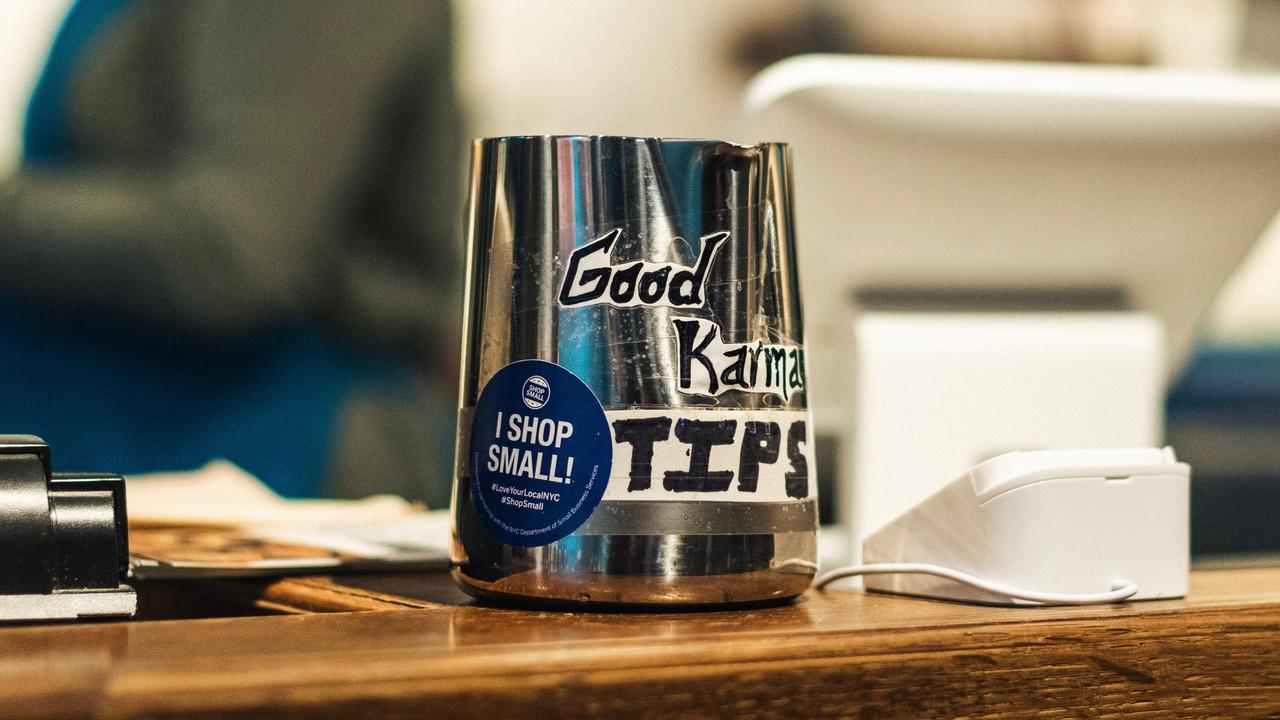How Bookkeeping Makes Your Small Business More Profitable: Knowing your Income

Last week we talked about how understanding your small business expenses is a crucial component in making your business more profitable. Now we’re going to build on that with what we all really think of when we think of profitability, income.
The Expense and Income Relationship
In its most simple form, your income is all the money you bring in and your expenses are all the money that goes out. Your profit, or lack of, is the difference between these two numbers.
One common phrase that we hear and say frequently is “if you want to make money, you have to spend money.”
That doesn’t mean you just need to spend a certain amount of money, you need to make good decisions about what you spend your money on so those expense result in income for your small business.
Evaluating your expenses on a regular basis is one of the best ways for small business owners to stay on top of their financial plans and, most importantly, meet their income and growth goals. Without informed decision making, you’re playing pin the tail on the bull (and it’s alive and grumpy)!

Knowing your Income
The profit of your small business is commonly considered to be your net income, or what’s left after you subtract expenses from your gross revenue.
The first step to understanding and affecting your profitability is to get to know your income: where and from whom it comes, when and how often do you receive it, and what is the actual work that you or your employees are doing to create this income. Once you know these things, you can focus on maximizing your the money you make for the expenses you incur. Now we’re really talking profit!
Take the time to look at your books and all of those bank statements we suggested that you review in our last blog. Hopefully you were able to recognize and eliminate some unneeded expenses, or perhaps you found more cost effective alternatives for some of your monthly costs.
Play to your Strengths
Sounds easy right? Well it is, if you already know what your strengths are. If you’re unsure, or you want to find more strong points in your business, we’ve got you covered!

The not-so-secret key to successfully increasing your profitability is efficiency. There are two sides to this coin of productivity: finding what you’re good at and emphasizing that, and finding what your business is lacking and coming up with a solution.
So now you’re tasked with finding the parts of your business that add value to either you and your business or to your customer. When you find something that has undeniable value, you then need to figure out if you can increase this value or replicate it in another aspect of your business.
This may be as simple as changing how you communicate with your clients or consolidating some of your material purchases to one supplier. Other things you can evaluate for maximum value include usage of work or building space, review of your production or workflow process, and possibly some financial analysis. If you’ve kept yourself familiar with your expenses, this review and analysis will be much easier for you to tackle.
We suggest familiarizing yourself with activity-based costing so you can uncover the real cost of specific business activities. Knowing the real cost of one or more business activities will allow you to make informed decisions on how to increase the efficiency of these activities in relation to their cost to the business.
Raise your Prices
It may seem obvious, but raising the costs of your service is a great way to increase your profitability. Of course, you can’t just raise the prices without reason, this is where all that work you did earlier comes in!
You now know what your business excels in because you’ve recognized your strengths and where you provide the most value. If you’ve found ways to cut the real cost of the work process,then you’ve already increased your profit margin. You also have the option of raising your prices to match the perceived value that you’re providing your clients. Knowing these strengths will allow you to communicate just how valuable your work is to your current and new clients, so they know that they’re getting good value for their money too!

We Hope to see you Soon!
We’ve laid down the major components of how you can use your bookkeeping records and knowledge to understand the basics of what profitability is and how you can increase your small business success, but we haven’t covered it all! Next week, we want to talk about an absolutely crucial part of your business, your customers. Customers, sales, and review of the trifecta of profitability will bring everything back together.
Disclaimer This article presents general information and is not intended to be tax or legal advice. Refer to IRS publications and discuss possible tax deductions with your tax preparer.
Stay connected with news and updates!
Join our mailing list to receive the latest news and updates from our team.
Don't worry, your information will not be shared.